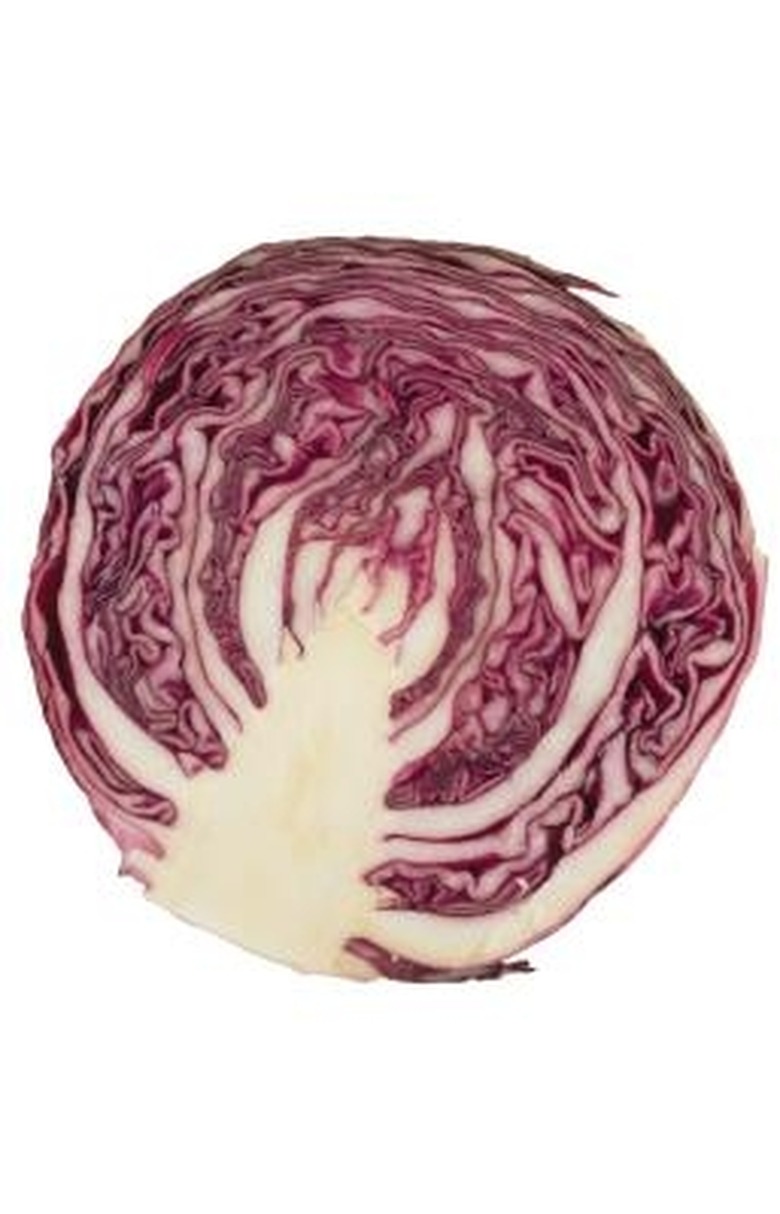How To Make A pH Indicator With Cabbage
Acids, like citric acids in citrus fruits, tend to be sour in taste while bases, like baking soda, tend have a bitter taste. But of course you can't taste everything to test if it's an acid! In school you may have used litmus paper to determine if a substance was an acid or a base. In this simple science experiment, you can make your own pH indicator, which tests to see if solutions are acidic or basic.
Step 1
Grate about 1/2 cup of red cabbage. It might help to first cut the red cabbage into quarters so it's easier to grate.
Step 2
Put the red cabbage in a bowl and add just enough water to cover it.
Step 3
Crush the cabbage with the wooden spoon to produce a purple cabbage juice.
Step 4
Sieve the cabbage juice into several small cups. This is your pH indicator solution.
Step 5
To determine the pH of the soap, vinegar, or an unknown substance, just add it to the cups. An acid will turn the solution pink, and a base will turn the solution blue.
Things Needed
- red cabbage
- knife
- bowl
- grater
- wooden spoon
- vinegar
- soap
- sieve
- cups
TL;DR (Too Long; Didn't Read)
Acids and bases cancel each other out, so try reversing the color change by adding the opposite solution.
Cite This Article
MLA
Nelumbo, . "How To Make A pH Indicator With Cabbage" sciencing.com, https://www.sciencing.com/ph-indicator-cabbage-2161203/. 24 April 2017.
APA
Nelumbo, . (2017, April 24). How To Make A pH Indicator With Cabbage. sciencing.com. Retrieved from https://www.sciencing.com/ph-indicator-cabbage-2161203/
Chicago
Nelumbo, . How To Make A pH Indicator With Cabbage last modified March 24, 2022. https://www.sciencing.com/ph-indicator-cabbage-2161203/
